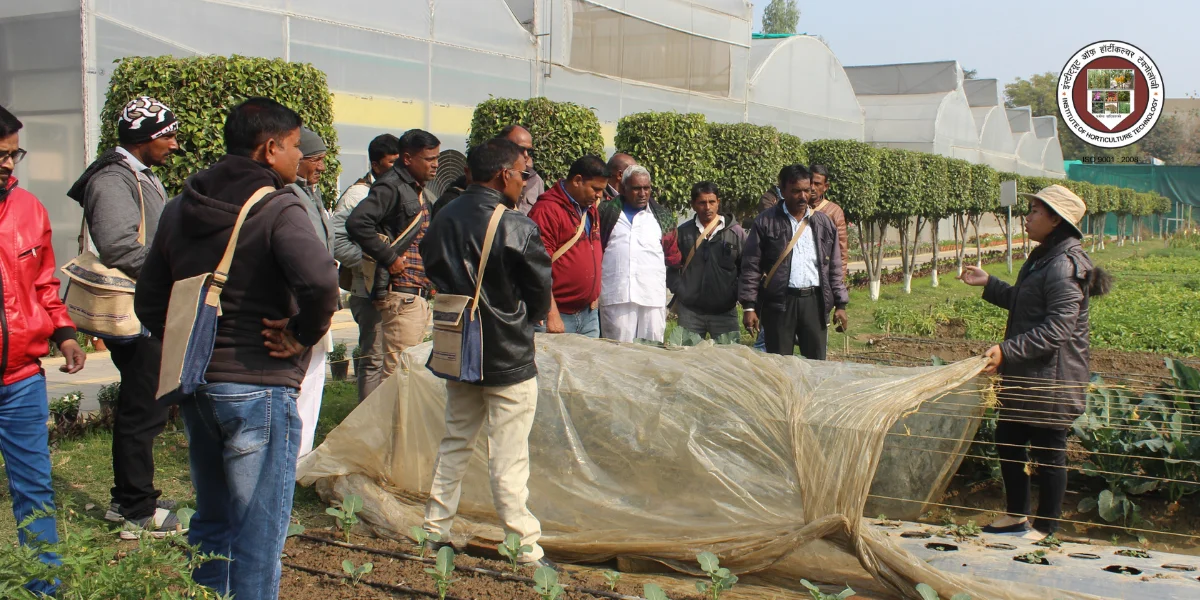Introduction
As we grow crops in open spaces, they are susceptible to damage which brings down the quality of the produce as well as their monetary value.
Hence it becomes important to protect the cultivation from the environmental triggers. This method might take more time and effort but it reaps good returns as well.
Why to protect
One of the huge reasons for needing protection is because vegetables are susceptible to a wide range of pests and fungal, bacterial or viral diseases. Left unchecked, these pests and diseases can severely damage or destroy crops leading to significant yield losses and reduced quality of produce. On the other hand weeds compete with vegetable crops for nutrients, water and sunlight. They can reduce crop yields, hinder growth and create harvesting difficulties. Extreme weather conditions such as frost, heatwaves, drought and excessive rainfall as well as physical damage can also stress vegetable crops.
Crops that commonly need protection are vegetables, plants, grains, legumes, herbs, etc. Vegetables include tomatoes, potatoes, cucumbers, broccoli, cauliflower, etc that are susceptible to pests and viruses.
Fruit crops like apples, berries, grapes, etc and grains like wheat, corn, rice, etc also need protection against various pests and diseases.
How to protect
You need to incorporate various strategies to ensure protection like regular inspection of crops to detect pests and diseases early which gives us enough time for early intervention.
Rotating crops is important as it disrupts the life cycle of pests and reduces soilborne diseases. Proper irrigation systems and sanitation prevents potential habitats for diseases.
Instead of using harmful chemicals and pesticides, using natural predators like ladybugs or parasitic wasps to prey on insects and using microbial agents to control caterpillars keeps the pests in check.
Lastly, mechanical controls can be used by opting for physical barriers, traps and baits, and hand picking large pests like caterpilars.
Comments are closed.




